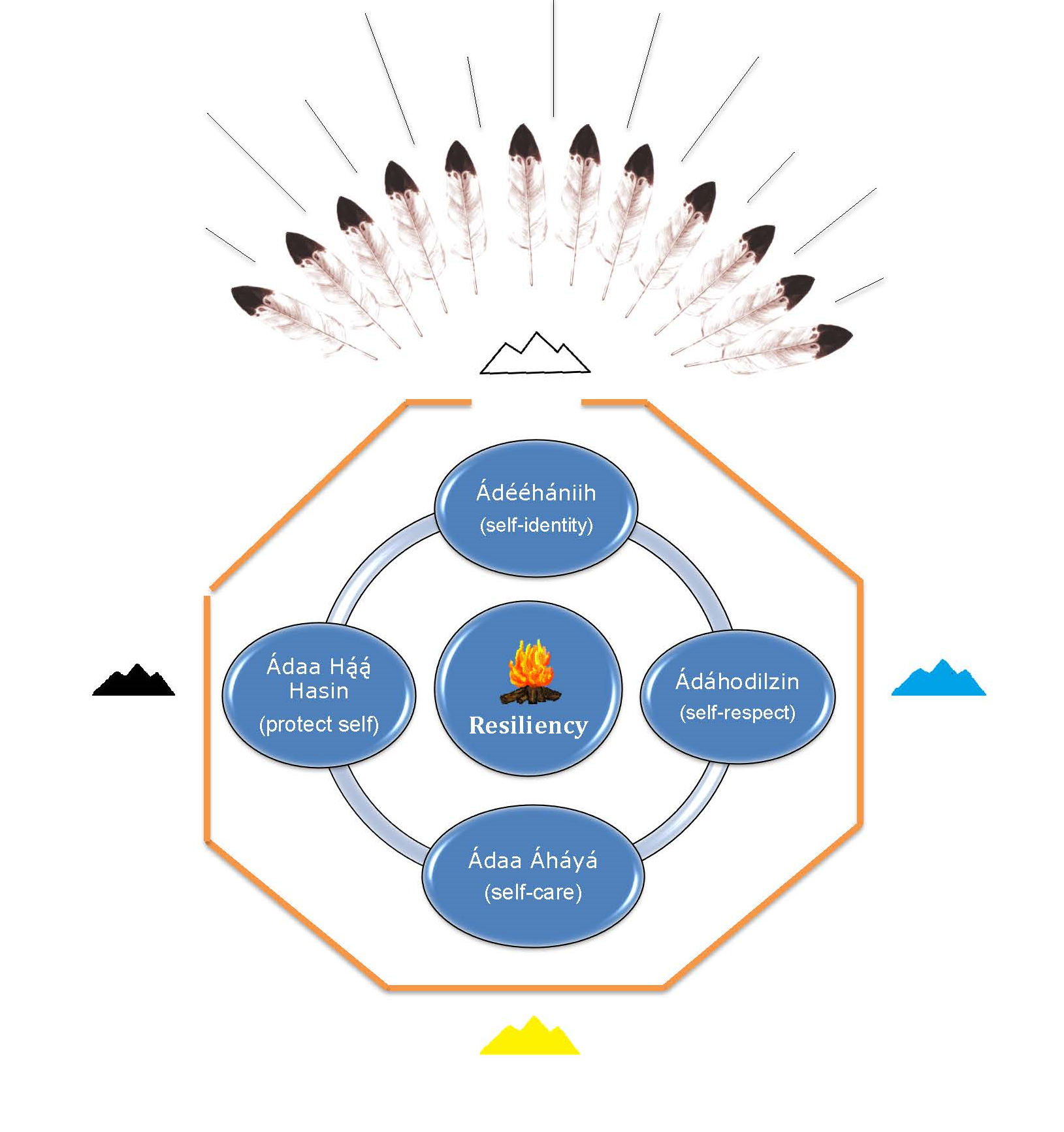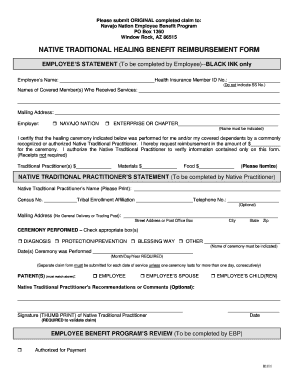
The Enduring Power of Hózhó: Unpacking the Benefits of Navajo Traditional Healing
In the heart of the vast American Southwest, across the sprawling mesas and canyons of the Navajo Nation, a profound system of healing has thrived for centuries. Far more than a collection of remedies, Navajo traditional healing is an intricate tapestry woven from spiritual wisdom, ancient ceremonies, and a deep understanding of the human connection to the natural world. In an era increasingly dominated by Western medicine, the benefits of these indigenous practices are gaining renewed recognition, offering a holistic path to wellness that addresses not just symptoms, but the very essence of an individual’s being.
At the core of Navajo philosophy lies the concept of Hózhó – a multifaceted term encompassing balance, harmony, beauty, and order. For the Diné (the Navajo people), illness, whether physical, mental, or spiritual, is understood as a disruption of Hózhó. It signifies an imbalance with the natural world, the spirit world, or even within one’s own internal landscape. Traditional healing, therefore, is not merely about curing a disease but about restoring this fundamental harmony, bringing the individual back into alignment with the universal order.
The orchestrators of this restoration are the Hataałii, often translated as "singers" or "medicine people." These highly revered figures undergo decades of rigorous training, memorizing vast oral traditions, sacred songs, prayers, and intricate ceremonial procedures. Their knowledge is encyclopedic, encompassing herbal medicine, psychological insight, and profound spiritual understanding. A Hataałii’s role is akin to a spiritual diagnostician and conductor, guiding the patient and their family through the specific ceremonies required to re-establish Hózhó.
The Holistic Embrace: Beyond Physical Ailments
One of the most significant benefits of Navajo healing is its inherently holistic approach. Unlike Western medicine, which often compartmentalizes the body, mind, and spirit, Diné healing views these elements as inseparable. A stomach ache might be treated with herbal remedies, but the ceremony surrounding it will also address potential spiritual causes, emotional stressors, or disharmony within the family unit. This comprehensive perspective means that patients receive care that acknowledges their full humanity.

"We don’t just treat the pain in your knee; we ask why your knee hurts, what’s happening in your life, in your family, in your spirit," explains a respected Hataałii, emphasizing the interconnectedness. "Everything is connected. If one part is out of balance, the whole system suffers."
This approach offers profound psychological and emotional benefits. For many Diné individuals, particularly those grappling with the lingering effects of historical trauma, colonialism, and cultural displacement, traditional healing provides a crucial anchor. Participating in ceremonies reinforces cultural identity and offers a sense of belonging and continuity with their ancestors. It counters feelings of isolation and despair by connecting individuals to a supportive community and a deeply meaningful spiritual framework. The very act of engaging in a traditional ceremony can be incredibly empowering, fostering resilience and a renewed sense of purpose.
Ceremonies as Therapeutic Journeys
Navajo ceremonies are not passive events; they are immersive, multi-day experiences designed to facilitate healing on multiple levels. The Blessingway (Hózhóójí), for instance, is a foundational ceremony performed for prevention, protection, and to ensure a life lived in harmony. It’s often conducted at significant life stages, such as birth, puberty, or before major undertakings. Its purpose is to attract good fortune and maintain balance, setting a positive trajectory for an individual’s life.
More intensive Chantways, such as the Nightway or the Enemyway, are prescribed for specific illnesses or to address profound spiritual imbalances. These ceremonies can last several days and nights, involving complex rituals, sacred songs, prayers, and the creation of intricate sand paintings. The sand paintings, meticulously crafted by the Hataałii, are not merely art; they are sacred blueprints of the universe, embodying healing energies and spiritual pathways. The patient sits within the painting, absorbing its power, and symbolically re-integrating with the cosmic order.
The psychological impact of these ceremonies is immense. The structured ritual provides a framework for processing trauma and grief. The repetitive chanting and prayers can induce a meditative state, reducing anxiety and promoting a sense of calm. The communal aspect, with family and friends gathering to support the individual, strengthens social bonds and offers invaluable emotional solace. In a world often characterized by rapid change and uncertainty, these ancient practices provide a profound sense of stability and reassurance.
Physical Benefits and Integration with Modern Medicine
While the spiritual and emotional benefits are paramount, traditional Navajo healing also offers direct and indirect physical advantages. The use of traditional herbal medicines, passed down through generations, constitutes a vast pharmacopeia. Many of these plants have been scientifically studied and found to possess genuine medicinal properties, such as anti-inflammatory, antimicrobial, or pain-relieving effects. While the exact mechanisms are often explained through spiritual lenses within the Navajo framework, their physiological impact is undeniable.
Furthermore, the stress reduction and improved mental well-being facilitated by ceremonies can have a profound positive effect on physical health. Chronic stress is a known contributor to numerous physical ailments, from cardiovascular disease to weakened immune function. By alleviating anxiety and fostering emotional balance, traditional healing can indirectly support the body’s natural healing processes and improve overall physiological resilience.

Increasingly, there is a growing movement within the Navajo Nation and beyond to integrate traditional healing with Western medical practices. Many healthcare providers recognize that conventional treatments alone often fall short in addressing the cultural and spiritual needs of Diné patients. Organizations like the Navajo Nation Department of Health actively support culturally sensitive care, understanding that a patient who feels spiritually and culturally affirmed is more likely to adhere to medical advice and experience better outcomes.
"We’re seeing more and more people choose to combine the two," notes a physician working with the Indian Health Service on the Navajo Nation. "They might come for antibiotics for an infection, but they’ll also seek a traditional ceremony to address the spiritual imbalance they believe caused the illness. When both systems work together, the patient benefits immensely." This collaborative approach acknowledges the strengths of both paradigms, creating a more comprehensive and culturally appropriate healthcare model.
Challenges and the Path Forward
Despite its profound benefits, Navajo traditional healing faces significant challenges. The number of Hataałii is dwindling, primarily due to the lengthy and demanding apprenticeship required, and the encroachment of modern influences that draw younger generations away from these sacred traditions. The oral tradition, the bedrock of this knowledge system, is also vulnerable as the Navajo language declines among youth.
Efforts are underway to preserve and revitalize these practices. Programs focused on language immersion, documentation of ceremonies (with appropriate cultural protocols), and support for Hataałii apprenticeships are crucial. The recognition by health organizations of the value of traditional healing is also vital, providing resources and respect that can help sustain these practices for future generations.
In a world searching for meaning and holistic well-being, the Navajo Nation’s traditional healing offers a powerful example of an integrated approach to health. It reminds us that true healing often transcends the purely physical, reaching into the spiritual, emotional, and cultural dimensions of human existence. The enduring power of Hózhó continues to guide the Diné towards balance and harmony, offering a profound legacy of wellness that holds lessons for us all. The benefits are clear: a deeper connection to self, community, and the sacred, fostering resilience and profound healing that resonates far beyond the individual.


